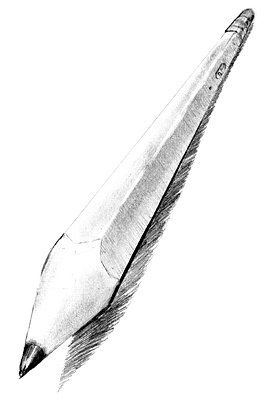All Nonfiction
- Bullying
- Books
- Academic
- Author Interviews
- Celebrity interviews
- College Articles
- College Essays
- Educator of the Year
- Heroes
- Interviews
- Memoir
- Personal Experience
- Sports
- Travel & Culture
All Opinions
- Bullying
- Current Events / Politics
- Discrimination
- Drugs / Alcohol / Smoking
- Entertainment / Celebrities
- Environment
- Love / Relationships
- Movies / Music / TV
- Pop Culture / Trends
- School / College
- Social Issues / Civics
- Spirituality / Religion
- Sports / Hobbies
All Hot Topics
- Bullying
- Community Service
- Environment
- Health
- Letters to the Editor
- Pride & Prejudice
- What Matters
- Back
Summer Guide
- Program Links
- Program Reviews
- Back
College Guide
- College Links
- College Reviews
- College Essays
- College Articles
- Back
Glycolysis
In glycolysis, glucose is converted to pyruvate
your body needs energy before its too late
every step leads towards ATP
2 used up at one and three
a final product of 4 ATP is no debate
Glucose goes to 6-phosphate through hexokinase
a phosphate group takes hydrogen's place
phosphoglucose isomerase converts it to fructose 6 phosphate at two
the six member molecule goes to five through nothing new
step 3 uses ATP to add a phosphate group at hydrogen's spot
fructose 1,6 bisphopshate is the product, but ATP is not
Aldolase is the enzyme in step number four, which catalyzes the cleave
the five-carbon splits to DHAP and GAP, eager to leave
this step necessary for the energy needed to survive
glyceraldehyde 3-phosphate is oxidized by NAD
the product is 1,3 bisphoglycerate includes a phosphate group that was free
next, a phopshate group is lost
ATP earned with the product 3-phopshoglycerate instead of a cost
step 8 rearranges the position so the phopshate group switches location
phopshoglycerate mutase catalyzes at this occasion
at 9, enolase removes water from PEP
creating phosphoenolpyruvate with no ATP fee
the enzyme pyruvate kinase works with hydrogen and ADP
pyruvate and 2 ATP being created at step 10 finally

Similar Articles
JOIN THE DISCUSSION
This article has 0 comments.
